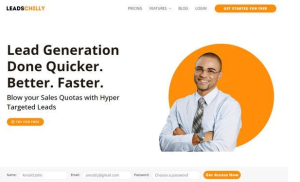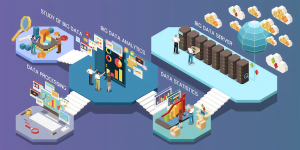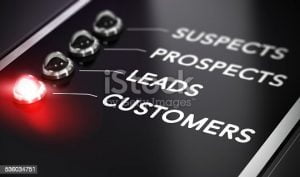Email is an essential part of modern communication. It’s a great way to stay in touch with friends, family, and colleagues. But if you want to make sure your emails are reaching the right people, finding the best email finders in New York can be a challenge. Fortunately, there are plenty of great options out..









